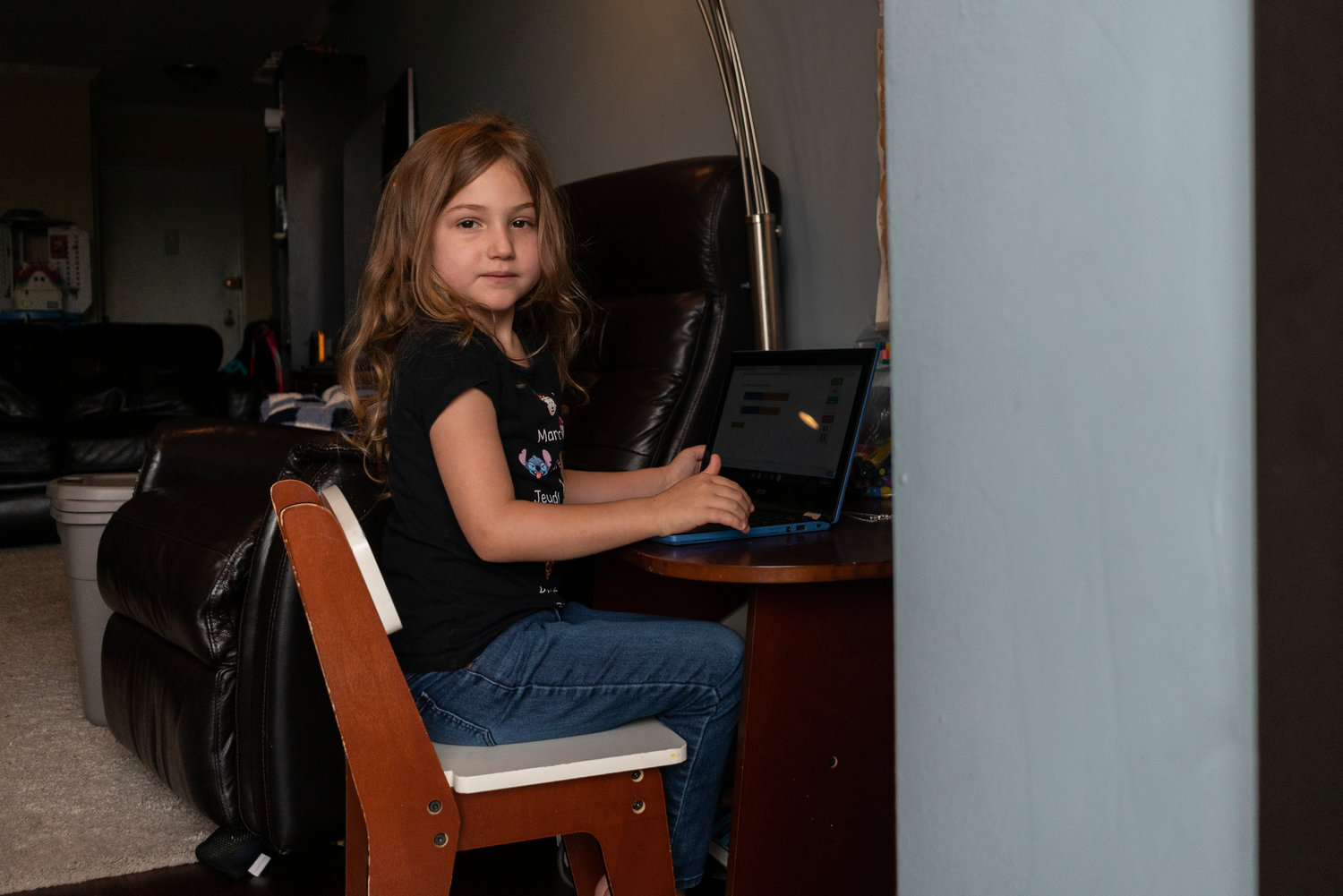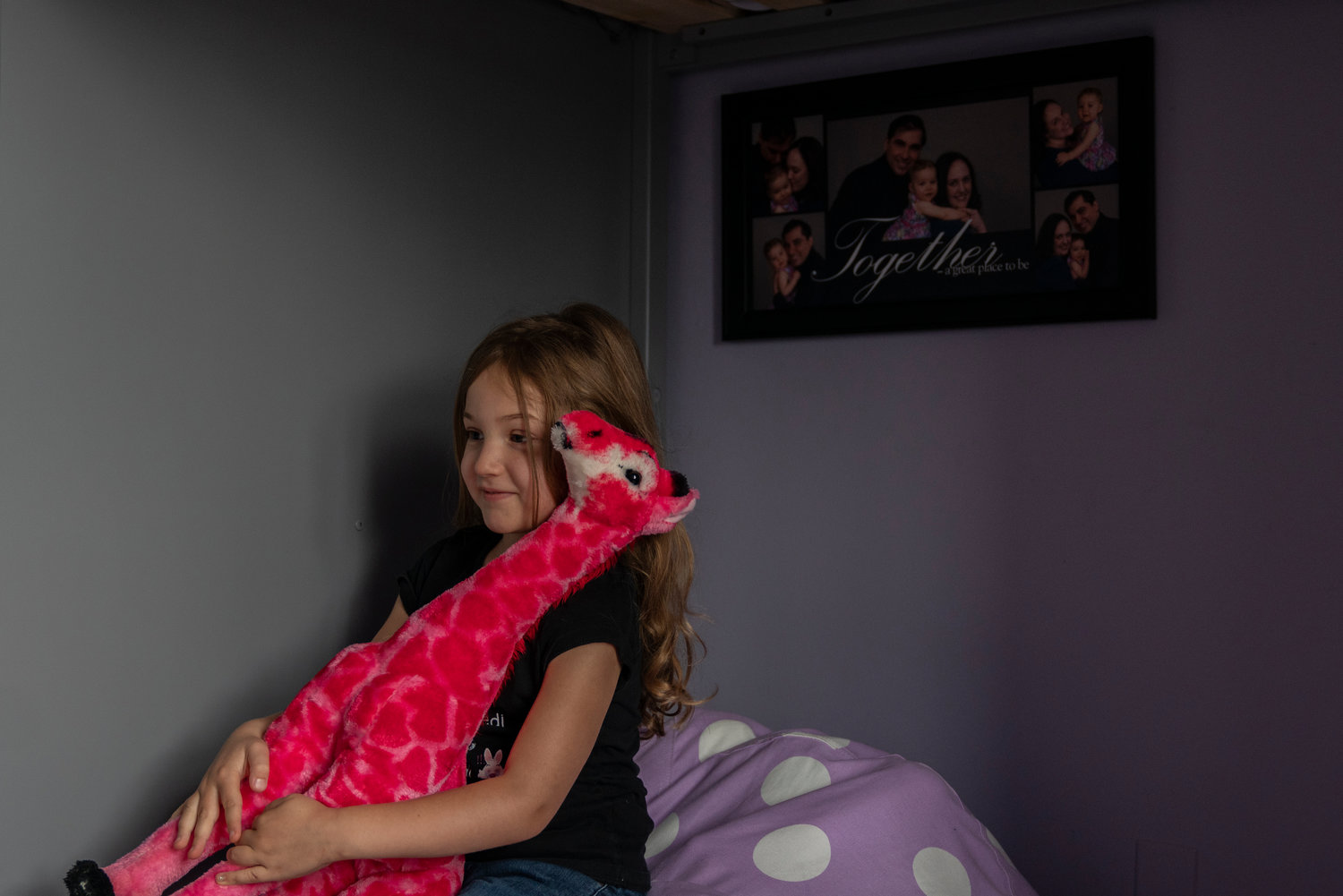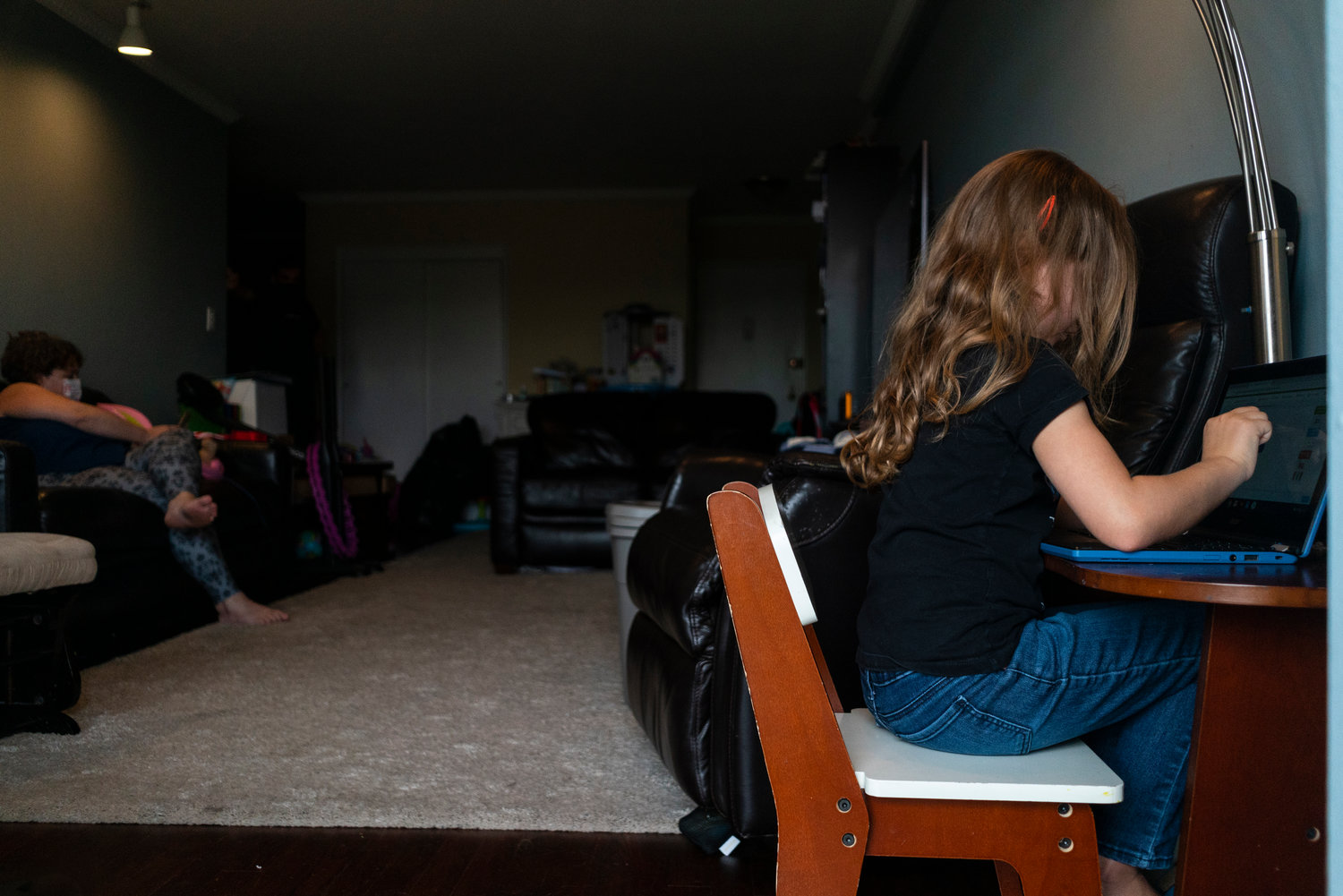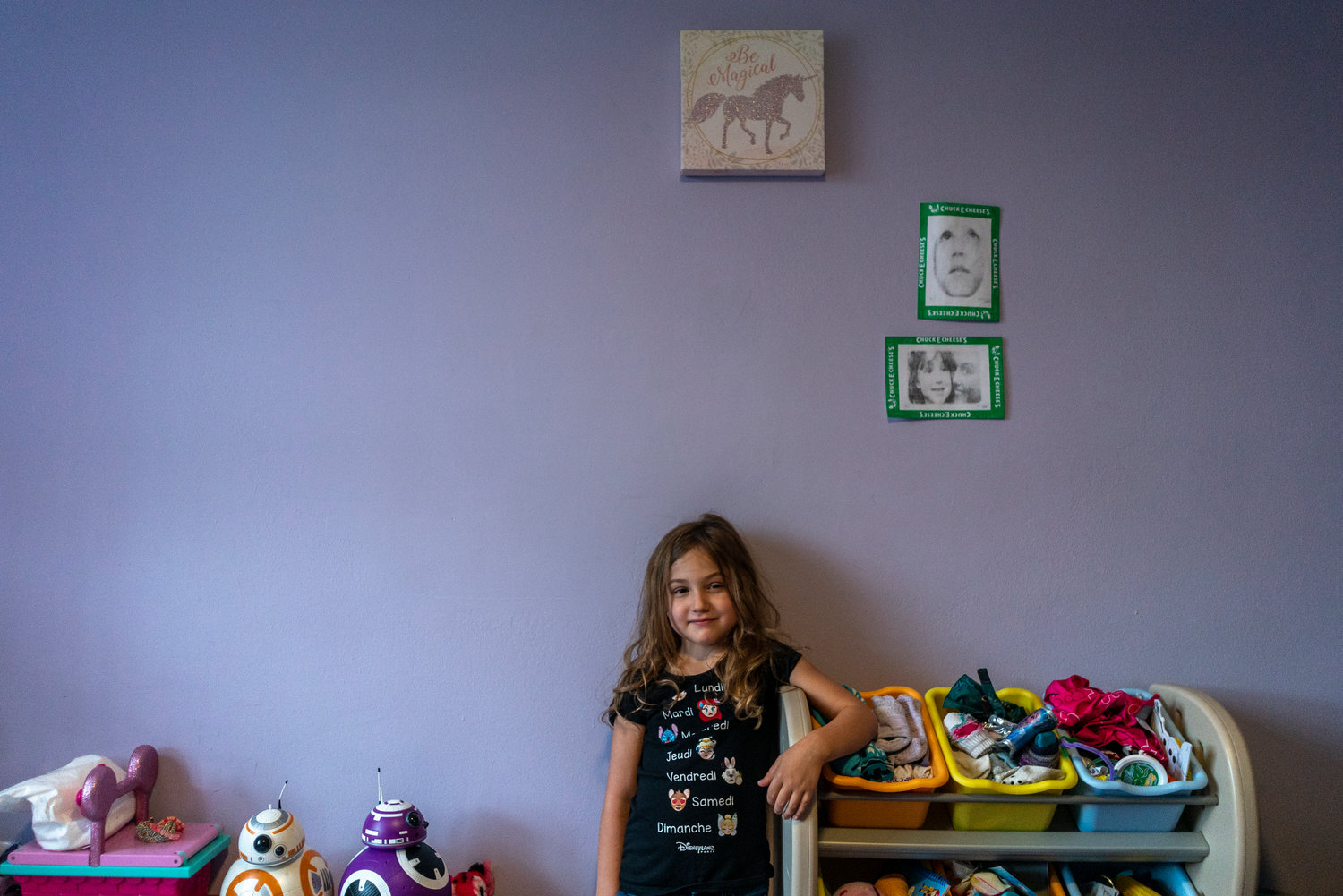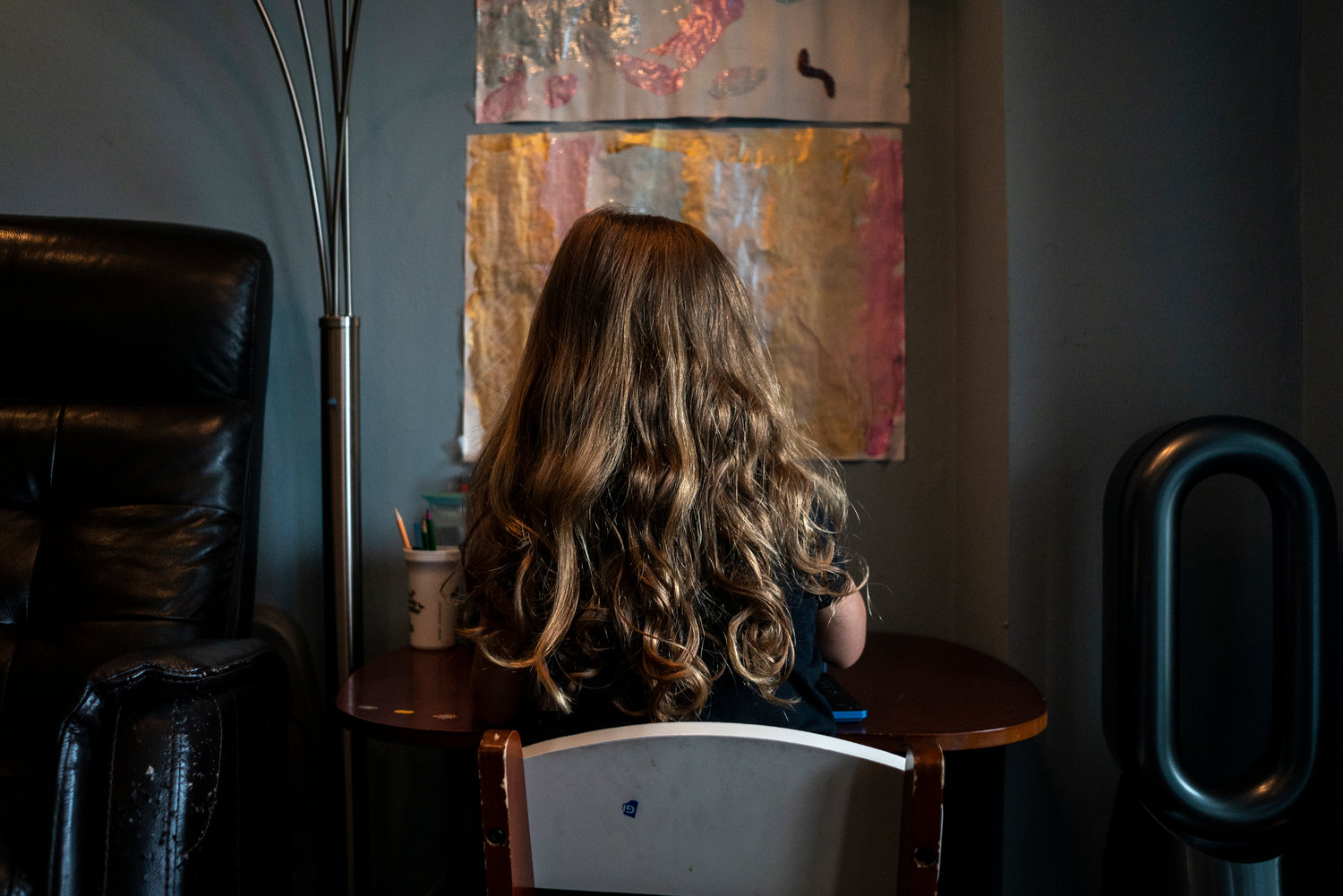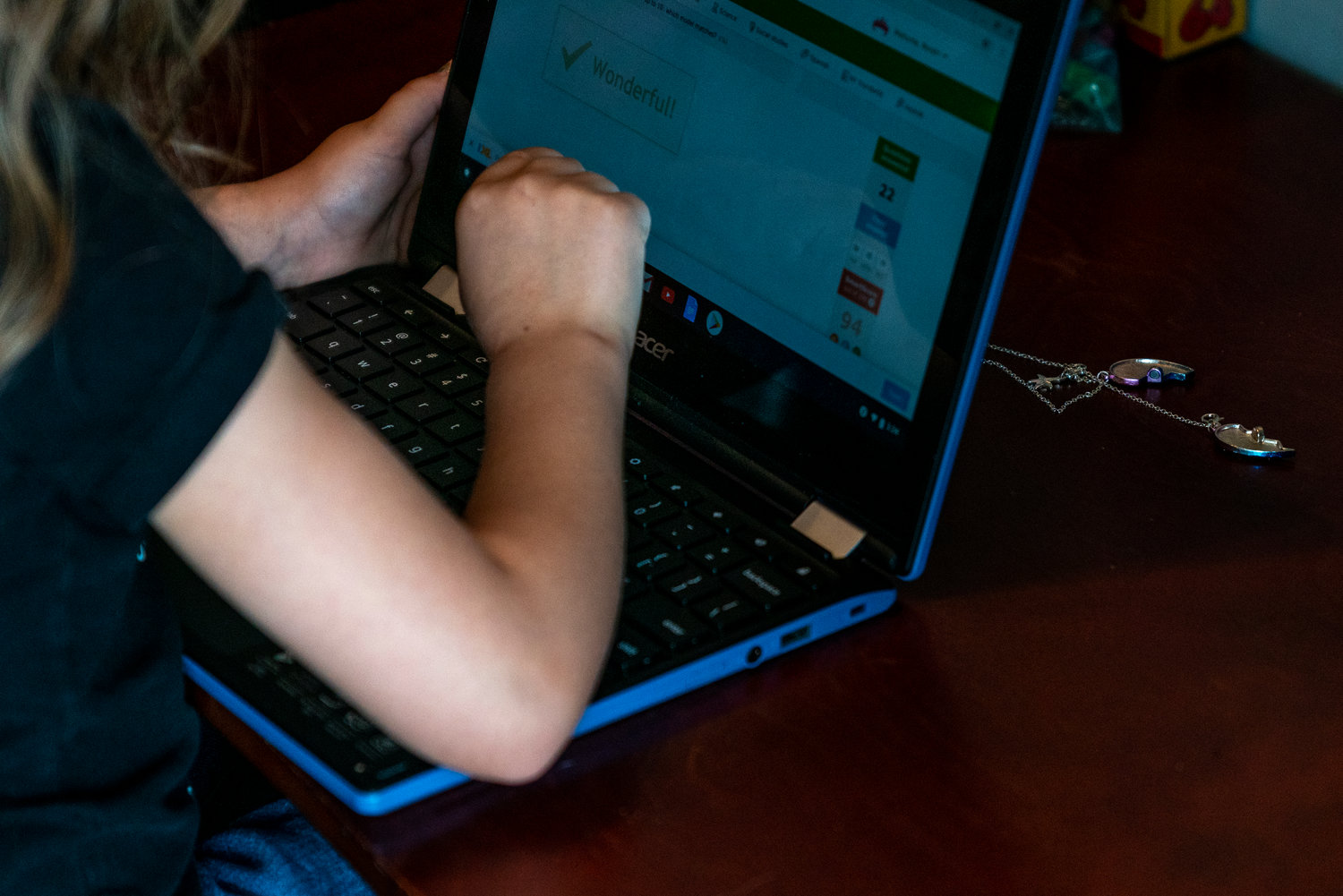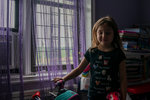Remote start was false start for some parents
The first day of school looked very different in a world in the midst of a public health crisis. There were few pictures outside by parents, showing off their children’s new clothes or holding lunchboxes and backpacks. There were no tearful goodbyes before getting on the bus or after walking to school.
Instead, this year, the city’s public school students began their academic year at home, by switching an electronic device on.
As part of the city’s plan to reopen schools for in-person learning, the academic year kicked off Sept. 16 with the first of three “instructional orientation” days. Completely remote, the three-day period was designed to get children accustomed to their hybrid or remote learning models before some in-person classes began Sept. 21.
At least, they were supposed to begin Sept. 21.
All that changed less than a week before when the city’s education department once again delayed in-person learning due to obstacles like staffing shortages and positive coronavirus tests among school personnel, who had returned to school buildings earlier this month. This time, they opted for a “phased-in” return to in-person classes, meaning not everyone who was supposed to would return to their school buildings Sept. 21.
In fact, the only public school students returning Monday were those attending pre-K and the specialized District 75 schools. Others will wait a bit longer — at least until Sept. 29. And that’s if the city doesn’t delay in-person classes again, which Mayor Bill de Blasio couldn’t guarantee wouldn’t happen.
Instead, students began their academic year remotely. And the instructional orientation period of the original deal made by the city and the United Federation of Teachers may have served as an indicator for how remote learning will fare going forward.
Although the education department required a teacher orientation, each school had some say over what it would look like. According to Steven Schwartz, principal of P.S. 24 Spuyten Duyvil, the education department required each teacher to engage with their students and their families for at least one hour on each instructional orientation day. Schwartz provided a four-hour window, leaving time for teachers to use at their discretion.
“Some will take an hour. Some will take the four full hours,” Schwartz said. “But it’s really an opportunity for us to engage with not just the families, but really get children comfortable with seeing the teacher (and) get to know the teacher.”
Schwartz’s goal for instructional orientation was to not only familiarize students with hybrid and remote learning models, but also help those same students feel like they were actually in their classrooms, even if they were really sitting at home.
“We wanted to mirror, as closely as possible, the first three days of school,” Schwartz said, “so really trying to build classroom expectations, a warm culture, a warm environment that can make children feel safe.”
Laura Skinner’s first day of orientation, however, didn’t go well at all.
Skinner’s two stepchildren are public school students — one’s in seventh grade, and the other in second. She opted for completely remote learning for both children, who had varying success during their first day of orientation.
Skinner’s stepdaughter goes to Riverdale/Kingsbridge Academy, and had an easier time navigating and adjusting to remote learning. But according to Skinner, she wasn’t immune to apprehensive feelings about the upcoming academic year, even though it was just for orientation.
“They don’t want to be home,” Skinner said. “My daughter today was kind of weird. She didn’t really want to have breakfast, because even though she’s here at home, it’s just not normal.”
Her second grader faced more difficulty on his first remote day at P.S. 24. And by extension, so did Skinner.
On the first day, Skinner clicked on the log-in links for orientation, but found none of them worked. She had to turn to social media to ask for the correct links, and she entered the remote classroom that way. But the issues did not end there. During the orientation, the teacher began speaking about hybrid learning — which Skinner had not signed up for.
Skinner chimed in and said she’d requested for her stepson to have fully remote classes, and was then informed she was in the wrong orientation session. The teacher provided her with a link to the correct teacher and remote classroom, but it was already too late. She’d missed both the information on remote learning and meeting her stepson’s teacher.
“It’s just been a nightmare,” Skinner said. “It’s the first day of remote learning (and) he’s been sitting on the couch reading books.”
Nicole Feliciano’s experience with the first day of orientation was a bit different. Her daughter is entering kindergarten at P.S. 81 Robert J. Christen, and while they held a parent orientation on Sept. 16, Feliciano couldn’t attend because she was working.
Feliciano supported having a remote start to the academic year, a wish which was ultimately granted. But when schools do return to in-person classes, she’s worried about the impact the virus that causes COVID-19 could cause, especially since, as of Sept. 19, more than 90 school buildings across the city had one or more people test positive — without children in the building yet.
“I know that I can control what my child does, but I can’t control what other people do with their children,” Feliciano said. “I can’t control other children wearing their masks and things like that. It really worries me that my daughter is going to pick something up.”
The academic year will certainly herald its own challenges with remote learning and last-minute tweaks. But Feliciano thinks while parents’ first instincts might be to get upset with their respective schools’ administrators, that anger might be misdirected.
“The principals are getting all of this information last-minute — if at all — and they’re really trying to make those adjustments with the best interest of kids in mind (and) with what they have,” Feliciano said. “The schools are in the dark as well.”

